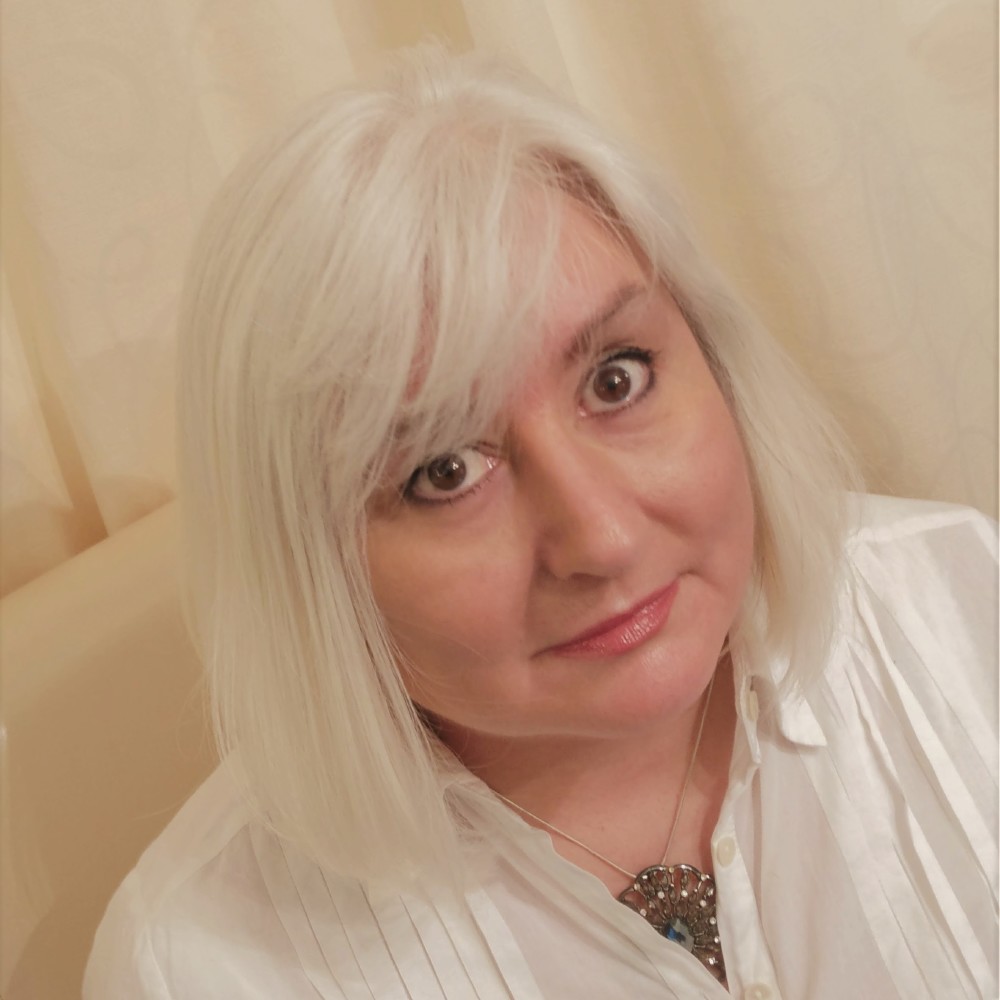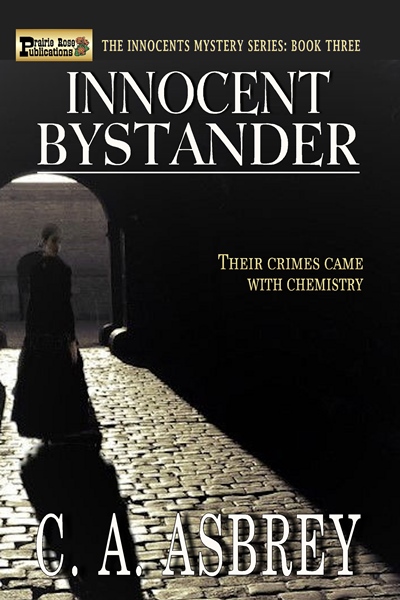The Pinkerton National Detective Agency helped tracked down Jesse James’ train-robbing spree and inspired the term ‘private eye’. It also hired the world’s first female detective, Kate Warne, who helped save the life of President Abraham Lincoln. Here, the British author and Pinkerton expert C. A. Asbrey sheds fresh light on the little-known US agency that ushered-in the modern era of law enforcement and pioneered equal rights in a male-dominated arena.

Author C.A. Asbrey writes for Female First
Long before the advent of the FBI, the Chicago-based Pinkerton detective agency was fighting crime and tracking down outlaws. Its success is legend: the agency created the world’s first criminal database and went to war with Jesse James, among other celebrated exploits. In the mid-1800s, it also became the first agency anywhere to employ a woman detective.
Sadly, though perhaps unsurprisingly, the agency’s female agents have been overlooked by history and by many of the history books. They include Kate Warne, a young widow who surprised Pinkerton by answering an advertisement in a Chicago newspaper looking for detectives. Pinkerton was reportedly hesitant to hire a female investigator but gave in after she convinced him that she could, “worm out secrets in many places to which it was impossible for male detectives to gain access.” It was 1856 and her employment – a first in the world - signified a major turning point in equal rights. It also paved the way for other women to join and excel at the Pinkerton agency and in the industry more generally.
Nobody expected a woman to be a detective, so witnesses and friends of criminals spoke about things in front of Warne which they would never discuss in male company. Not only did Warne recover large sums of stolen cash, but she compiled robust evidence which was vital in the arrest and conviction of many criminals. Warne was skilled at transforming her appearance and her accent, and passed as a man even close up. Working under cover, Warne gathered intelligence on a plot to assassinate Lincoln, was pivotal in planning his safe delivery to the White House, and stayed up all night as a vigilant armed guard.
During the Civil War, Warne infiltrated Confederate circles to deliver vital military intelligence, and adopted a dizzying array of roles. She was a wife, a fortune teller, a Southern Belle, and helped capture thieves, spies, and prevent at least two murders. Before long she was the head of the new Women’s Department.
Pinkerton is quoted as saying to the female recruits, “In my service, you will serve your country better than on the field. I have several female operatives. If you agree to come aboard you will go in training with the head of my female detectives, Kate Warne. She has never let me down.”
She died on the 28th of January 1869 of a pulmonary oedema caused when a fall from a runaway horse broke her ribs. It turned into pneumonia and she died at the age of 38 in Pinkerton’s own home. Pinkerton was by her side and she was buried in his family’s cemetery plot. It’s not recorded what Mrs. Pinkerton thought of all this.
Her legacy continued, for a while, in the other female operatives. The second woman employed was the first mixed-race agent. Hattie Lawson, or Carrie Lawton (called H.H.L.) in the agents reports, who just might be the stunningly beautiful Kitty Prescott Brackett who posed as the wife of a spy captured during the civil war. Pinkerton had been a chartist back in his native Scotland, campaigning for universal suffrage. In the USA he worked on the underground railroad, helping runaway slaves reach safety. He saw through gender and race in a way which was unusual for the USA at that time, but it definitely helped him put his detective agency on the map. John Scobell was the first black man recruited to the agency in late 1861.
Other female agents, like Elizabeth H. Baker, not only infiltrated the Confederate side, but sat casually sketching the opposing force’s naval forces in full view of a naval officer, before handing them over to the union side. She also worked on robberies and missing person cases. Elizabeth Van Lew worked as a nurse in a Confederate Prison, who collected intelligence which she passed to Washington in code.
All these women have one thing in common. Their histories are elusive, and they often have so many versions of their names it can be hard to pin down their real identities before they melt into obscurity. The fact that many of the records of the Women’s Department were destroyed in the Chicago fire in 1871 makes research even harder. That’s probably fitting for women who lived their lives in deep cover, but frustrating for those researching these elusive pioneers.
At their worst the Pinkertons were heavy-handed thugs who broke strikes and shot up family homes to capture criminals. At their best, they were not only revolutionary in their recruitment, but they were amongst the first to see the value in a national database. A systematic and analytical approach to investigation now seems routine, but only the enlightened took advantage of the growing scientific discoveries which assisted in solving crime in the 19th century.
Not everyone was delighted at the prospect of female detectives. Pinkerton and Warne were frequently accused of having an affair, and often posed as man and wife. Pinkerton’s son, Robert, fought against the hiring of more females, but his father insisted that he would continue to “to use females for the detection of crime where it has been useful and necessary.”
When Allan Pinkerton died in 1884, Robert finally got his way. He closed down the women’s department and cited complaints from agents’ wives about their husbands working with women.
The very existence of the Women’s Department was gradually forgotten by all but a few, and the groundbreaking work done by these brave women was almost lost to history to all but a few enthusiasts. I’m glad to feature a fictionalised version in The Innocents Mysteries. They are murder mysteries, set in the late 1860-1870s and stripped of the political partiality the agency later became notorious for. I hope it will renew interest in these remarkable women.

C. A. Asbrey is a former police officer whose Innocents Mystery series of historical fiction novels are written from a female perspective and highlight the forgotten role of pioneering women detectives. Her novels are based on true events and are historically accurate. Her new book, Innocent Bystander (Prairie Rose Publications) is out today on Amazon UK priced £4.55 as an eBook and £11.40 in paperback. Further information about C. A. Asbrey and her books can be found at caasbrey.com

